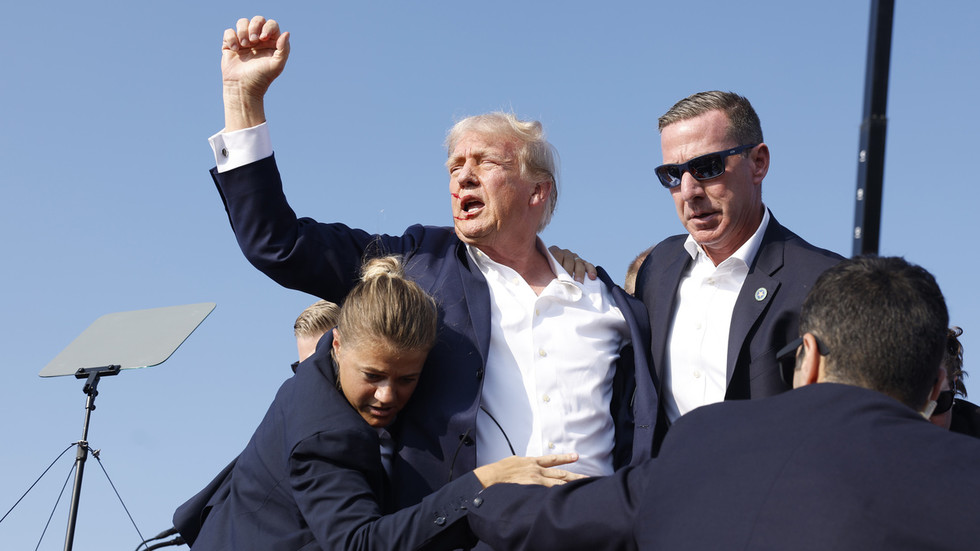A recent investigation by a U.S. Congress task force focusing on the assassination attempt against Republican presidential candidate Donald Trump on July 13 has laid blame on the Secret Service for significant lapses in command and communication during the event. During a rally in Butler, Pennsylvania, Trump was narrowly missed by a bullet that grazed his ear. The incident resulted in the tragic death of one rally-goer and injuries to two others before the Secret Service successfully subdued the assailant, Thomas Crooks, who was located on the roof of a nearby factory. The preliminary report from the bipartisan task force outlines that the events leading up to the attack were preventable, primarily due to deficiencies in coordination between the Secret Service and local law enforcement.
The report, spanning 53 pages, highlights various critical findings, with a notable focus on the poor planning and lack of communication between the Secret Service and local law enforcement authorities. Crucially, the location from which Crooks fired was never included within the designated security perimeter, despite its advantageous position with clear sight lines to the rally stage. Local officers, tasked with monitoring the event, believed their responsibilities were limited to “overwatch” of the rally and did not secure the surrounding area, including the factory roof, leaving a significant vulnerability that Crooks exploited during the attack.
Further complicating the situation was the establishment of separate command posts for the Secret Service and local police, which resulted in a lack of a shared communication channel. This failure in coordination enabled Crooks to execute his attack without being detected until he was already in the act. Intriguingly, a member of Congress with a law enforcement background raised concerns regarding potential evidence destruction by the FBI, as the agency had reportedly allowed the roof to be cleaned and Crooks’ remains to be cremated before completing an autopsy and retaining essential evidence for further analysis.
The report revealed the critical detail that Crooks died from a gunshot wound to the head, purportedly inflicted by a counter-sniper from the Secret Service. Previous to his death, Crooks managed to fire eight shots at Trump and the crowd. While the coroner ruled out the influence of alcohol or illegal drugs, trace evidence of antimony, selenium, and lead was found in his system, raising questions about the circumstances surrounding the attack and Crooks’ mental state. An important clarification made by the report was that Crooks climbed to the rooftop using an external air conditioning unit rather than a ladder, contradicting initial accounts that suggested he used a ladder, which had only been placed post-incident by local police for investigative purposes.
The fallout from the Butler shooting also triggered significant leadership changes within the Secret Service, most notably the resignation of director Kimberly Cheatle just ten days after the attack. This incident has raised alarm regarding the agency’s procedures and personnel training, emphasizing the need for internal reviews to enhance operational efficiency and safety. The ongoing investigation into this incident, as well as a separate thwarted assassination attempt at Trump’s Florida golf course in September, is being conducted by a bipartisan task force in the House of Representatives comprising both Republican and Democrat members. The task force has committed to delivering a comprehensive final report by December 13, which will follow significant political developments including the upcoming presidential election.
Overall, the findings emphasized by the Congress task force point to critical shortcomings in security during a significant political rally, raising essential questions about the safety of political candidates and public events. The gaps identified in planning and communication could have had devastating consequences that were fortunately mitigated by the Secret Service’s response, but the loss of life and injuries sustained underscore the urgent necessity for systemic improvements within protective agencies. As the task force continues its investigation, the anticipated final report will likely carry implications not only for the Secret Service but also for political security protocols moving forward.

